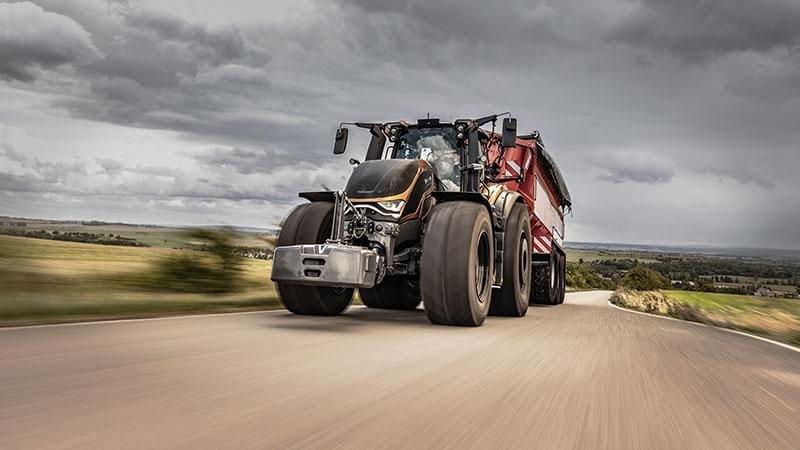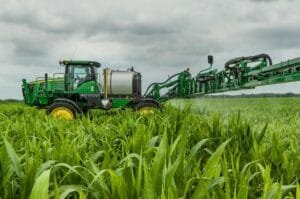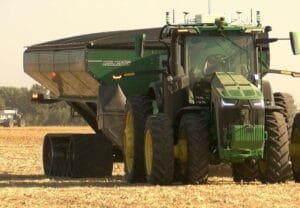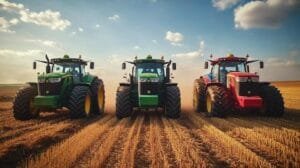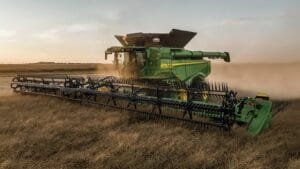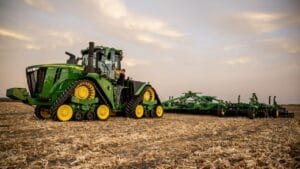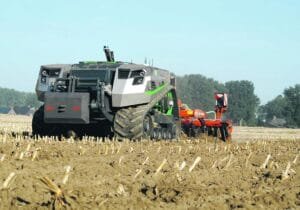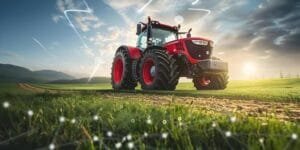Innovative smart farming technologies have dramatically transformed the agricultural landscape, with Valtra at the forefront through its S Series tractors. These high-performance vehicles, boasting power outputs between 280 and 425 horsepower, are a testament to the integration of precision agriculture with mechanized efficiency. The SmartTurn technology, a key feature of these tractors, fully automates headland turns, complementing other smart farming solutions like Valtra Guide and Auto U-Pilot to enhance farm productivity.
Enhancements such as SmartTurn mean the difference between optimized resource use and inefficient labor—where every saved moment and resource impacts the bottom line of farming operations. Valtra’s strategy to fully integrate precision technologies, ensuring crop yield maximization and minimal waste, positions its tractors as indispensable assets for farmers seeking high returns with reduced environmental impact. However, valuing these new systems sometimes requires quantifying benefits that are qualitatively intangible, like less soil compaction or reduced driver fatigue over time.
With SmartTurn, drivers can choose from diverse turning patterns tailored to specific field conditions, such as the U-turn, Y-turn, K-turn, and part-field mode. This flexibility alignsassistant
valuable for customizing tractor maneuvers based on varied terrain and crop types. Incorporating technologies that control overlaps and diminish missed areas through systems like Section Control with Multiboom is a critical aspect of reducing chemical usage while enhancing crop yields. Such tailored applications also play into broader strategies for sustainable agriculture—focusing on precision over blanket spread methods to ensure the environment is better conserved.
Valtra’s commitment to sustainability extends beyond operational efficiency. The manufacture of these tractors uniquely aligns with eco-friendly practices: two-thirds of the components are sourced locally in Finland, and the production facility operates on 100% renewable energy. Moreover, the tractors are compatible with biodiesel, further reducing environmental impact by offering alternatives to traditional diesel fuel. Despite these efforts, the full integration of newer technologies—like the forthcoming Isobus-based Tractor Implement Management (TIM) system—still necessitates ongoing support and training for farmers to harness their full potential.
Interestingly, one potential oversight in the swift rollout of these advanced systems might be in their dependence on consistent internet connectivity for optimal performance—something rural areas still struggle with. However, this integration is expected to pay dividends in terms of long-term efficiency and reduced operational costs. Moreover, Valtra’s emphasis on customization through its Unlimited program—where over a third of tractors are tailored to specific user needs—provides an added layer of flexibility and adaptability, factors critical in matching technology with varied agricultural needs.
Valtra’s innovative approach with the S Series reflects broader shifts in agriculture, where technologies like SmartTurn are not just upgrades but necessary tools for maintaining competitiveness. While the absence of these tractors in the North American market might seem surprising, their prominence in Europe and South America underscores the potential for such technologies to revolutionize farming practices globally. Despite minor inconsistencies in global availability, the core of Valtra’s strategy remains robust: marrying advanced hardware with smart farming solutions to redefine agricultural productivity.
Ultimately, the fusion of cutting-edge technologies with traditional farming practices does not eliminate the need for human expertise but amplifies its impact. The nuanced combination of Valtra’s SmartTurn with its other precision farming solutions paints a promising picture for agriculture’s future, balancing advanced mechanization with the need for sustainable resource management and tailored field operations.

